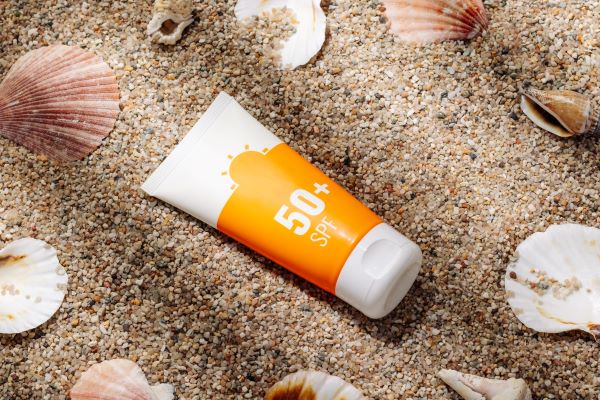Finger injury or finger sprain is common, yet it can be painful with lots of complications on the side. Depending on the severity of the damage, this injury will require primary first aid care or a trip to the ER.
What is A Finger Injury
Finger fractures account for up to 10% of all broken bones. The leading cause of broken fingers is trauma. It can occur from playing sports, punching rigid walls, work injury, falls, or other accidents.
Due to their structure, fingers quickly catch injuries. Broken fingers are some of the most common traumatic injuries seen in ERs. We use fingers in many everyday activities. It is no doubt that fingers are at higher risk for traumatic injury than other body parts.
Signs and Symptoms
The main symptoms of a broken finger are pain a few seconds after trauma and sometimes a deformity in its appearance.
Other signs of finger injury include:
- Swelling and bruising in the first 5 to 10 minutes of the injury
- Dull pain and weakness
- Numbness around the area
- Limited hand motion
- Fractures to the fingertip (distal phalanx)
- The appearance of purple-coloured blood underneath the fingernail (subungual hematoma)
- For severe trauma, there may be exposure to broken bones (compound fracture)
First Aid Treatment for a Finger Injury
Treatment of finger injury depends on the type of fracture and which particular bone suffers from the injury. Surgery may be an option for a fracture that is causing a significant deformity or involving a joint.
For minor finger injury, do the following first aid steps.
- Apply Ice
Apply ice to the injury and keep it for 15 minutes. Do these 2 to 3 times within an hour for the first few hours after the injury. Use a timer to avoid keeping the ice for too long that can develop into frostbite.
- Elevate the injury
Letting the injured hand dangle at the side after smashing your finger will only increase the swelling and pain levels. Hold it in an upward position to help reduce the pressure in the surrounding area.
- Keep it moving
By moving, we do not mean lifting heavy weights but doing simple movements. Keep it moving to promote blood circulation and avoid clotting. If you can’t move your finger or cannot feel it after a few minutes, it is best to visit your doctor.
- Take pain relievers.
There are available over the counter (OTC) painkillers that help relieve pain and other symptoms.
Healthcare professionals recommend loosely wrapping a broken finger or do not wrap it at all. Improper application of bandage wrap can lead to more damage when vital oxygen and nutrients are unable to get to the tips.
Covering a finger injury is not a bad idea, especially when working, but keep it loose.
When to Call a Doctor
Most finger fractures do not need a run to the emergency room and are treatable at home. However, there are exceptions to that rule. See your doctor if you experience numbness or lack of throbbing from the injury or if there is a severe deformity. Watch out for any signs of infection.
If the pain or swelling limits the use of fingers or if the injury has lacerations, tissue damage, or bone exposure – seek medical care.
Conclusion
Broken fingers are painful and may come with uncomfortable symptoms. The good news is there are ways to minimize the pain and stabilize the injury before getting seen by professionals.
The best prevention for finger injury is to practice safety. Learn first aid and always use safety equipment when doing activities that may injure the fingers.








